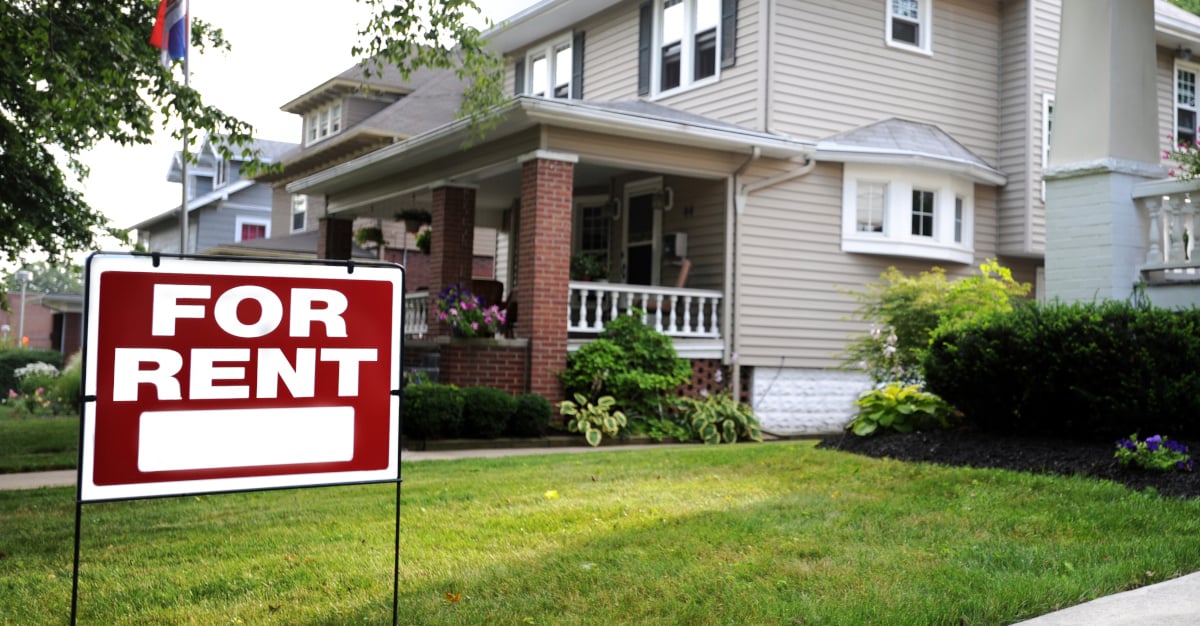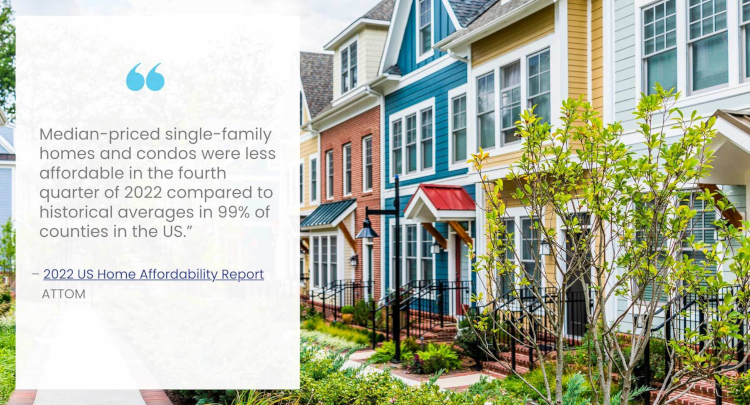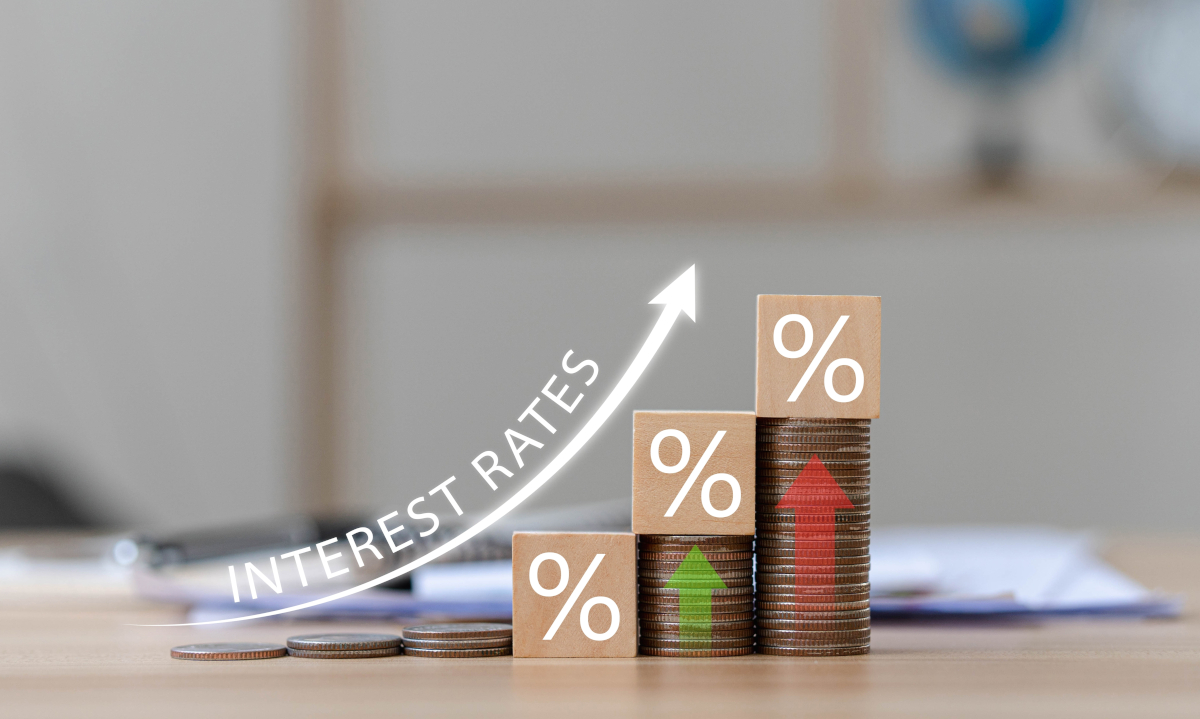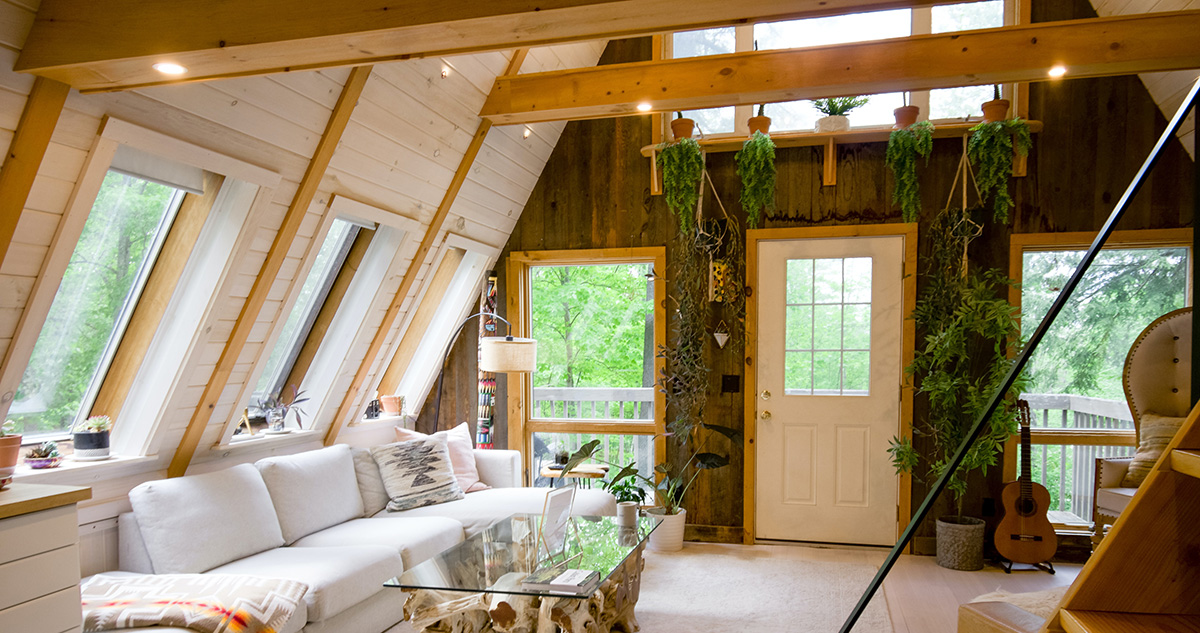Unless you’re investing from under a rock, you’ve probably read the headlines: affordable housing in the US is hard to find right now—both for the typical homebuyer and real estate investors. It may be tempting to sit this season out until interest rates start to come down and inventory becomes more abundant, but this is exactly the right time to maximize your profits for both fix-and-flips and single-family rentals.
To make the most of this competitive market, first learn the factors at play causing the crisis and then take stock of the opportunities at your feet: fix-and-flips, rentals, and re-fis.
What’s driving the affordable housing crisis?
The latest research on the 2023 affordable housing crisis by the National Homebuilders Association shows that 64.5M out of 123.5M total American households are able to afford a $250K home. Another 39M can afford a $150K property. The kicker is that the median price of a new single-family home is just over $425K, a price out of reach for 73% of households in the US. Add in the high cost of land, lumber, materials and manufacturing issues still rippling forward from 2020, and you begin to understand why the gap between what US households can afford and what builders can deliver is, in fact, a crisis.
Likewise, high interest rates are keeping families from moving out of their starter homes. Just five years ago, a couple could buy a starter home for $250-$300K, live in it for a year or two while they raised some money for a down payment on a bigger house, maybe worth $450K. But the fed keeps hiking up interest rates, which means mortgage lenders are hiking theirs too, which means the average US homeowner can’t afford the bigger, more expensive house. They’re staying put.
So the supply of available homes available is tightening while the demand has remained the same or increased. Inventory is tight.














